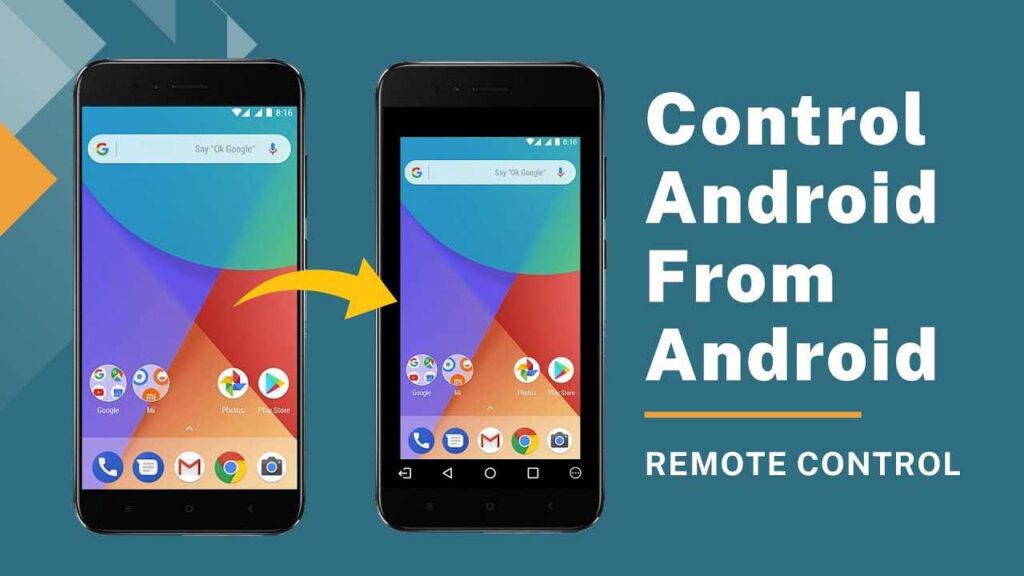Handling another phone, whether it belongs to a friend, family member, or colleague, requires responsibility, respect, and technical know-how. In this article, we’ll explore various aspects of how to handle another phone, including ethical considerations, security measures, and practical tips.

1. Understand the Purpose of Handling Another Phone
- Permission: Always ensure you have explicit permission to use or handle someone else’s phone. This avoids misunderstandings and demonstrates respect for their privacy.
- Objective: Clarify why you need access to their phone. It could be to troubleshoot a problem, access specific files, or assist with setup. Knowing your purpose will help you stay focused and efficient.
2. Respect Privacy and Confidentiality
- No Snooping: Avoid browsing through personal data such as messages, photos, or apps unless explicitly instructed.
- Disable Notifications: To prevent exposure to private information, consider silencing notifications temporarily.
- Avoid Sharing Data: Never share or transfer data from the phone without the owner’s consent.
3. Security Measures
- Authenticate Access: Use the owner’s authentication method (password, PIN, or biometric) to unlock the phone.
- Avoid Changing Settings: Refrain from altering major settings, such as account credentials or system configurations, without consent.
- Avoid Malware Risks: If troubleshooting, only download apps or files from trusted sources to avoid introducing malware.
4. Troubleshooting and Setup Assistance
- Software Updates: Check if the phone’s operating system or apps need updates. Updates often fix bugs and improve performance.
- Clear Cache: If the phone is slow, clearing the cache of frequently used apps can boost speed.
- Rebooting: A simple restart can resolve many technical issues.
- Wi-Fi or Network Troubleshooting: Ensure the phone is connected to a reliable network if internet-based services aren’t working.
5. Transferring Data
- Use Secure Methods: Tools like Google Drive, iCloud, or apps like SHAREit can transfer files securely.
- Backup Data: Before making significant changes, back up the phone’s data to avoid accidental loss.
- Transfer Contacts: Use cloud syncing or export/import features to move contacts between phones.
6. Tips for Efficient Use
- Battery Management: Close unnecessary apps and reduce screen brightness to conserve battery if the phone is low on charge.
- Storage Management: Identify and delete unwanted files or apps to free up space.
- Use Search Features: Use the search function to quickly locate apps, files, or settings.
7. Handling a Phone with Care
- Physical Safety: Avoid dropping or exposing the phone to water or extreme temperatures. Use a secure surface or a soft cloth when placing it down.
- Charging: Use the original charger or a compatible one to avoid damaging the battery.
- Cleanliness: Wipe the phone with a microfiber cloth to keep it clean and free of smudges.
8. Dealing with Passwords and Accounts
- Temporary Login: If you need access to specific apps or accounts, ask for temporary login credentials.
- Log Out: Ensure you log out of any accounts you accessed once your task is complete.
- Password Reset: If resetting a password, make sure the owner records the new password securely.
9. Avoiding Common Mistakes
- Accidental Data Loss: Double-check before deleting any files or apps.
- Unauthorized Purchases: Avoid accessing payment apps or making purchases without explicit permission.
- Overwriting Personalization: Avoid changing wallpapers, themes, or settings unless requested.
10. Ethical Guidelines
- Transparency: Keep the phone owner informed about every action you perform.
- Ask for Instructions: If you’re unsure about something, consult the owner instead of making assumptions.
- Return Promptly: Once your task is complete, return the phone immediately to the owner.
11. Advanced Scenarios
- Phone Recovery: If the owner has lost their phone, tools like “Find My iPhone” or “Find My Device” can help locate it.
- Data Retrieval: Use recovery software like Dr.Fone or EaseUS to retrieve accidentally deleted files.
- Factory Reset: If troubleshooting major issues, perform a factory reset only after backing up data and getting the owner’s approval.
12. Cultural and Personal Sensitivities
- Regional Practices: In some cultures, handling someone else’s phone may be considered intrusive. Be mindful of these nuances.
- Personal Preferences: Some people may have specific requests, such as not touching certain apps or folders. Respect these boundaries.
13. Handling Multiple Phones
- Label Phones: If managing multiple devices, label them to avoid confusion.
- Use Separate Profiles: For phones with multi-user support, create a separate profile to manage tasks without interfering with the owner’s data.
- Syncing Tools: Use tools like AirDroid or Samsung Flow to manage multiple devices efficiently.
14. Returning the Phone
- Final Check: Ensure all tasks are complete and the phone is returned in its original state.
- Provide Updates: Brief the owner on what you did and any changes made.
- Thank the Owner: Acknowledge their trust and thank them for allowing you to handle their phone.
By following these guidelines, you can handle another phone responsibly and efficiently while maintaining trust and professionalism.
